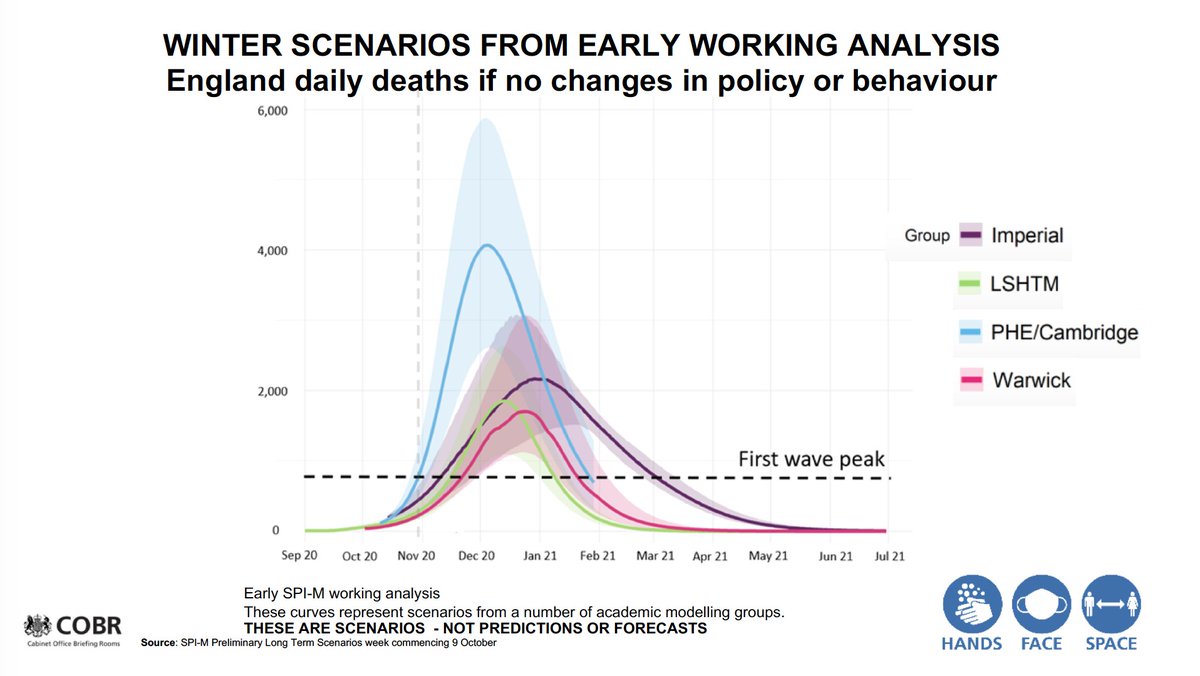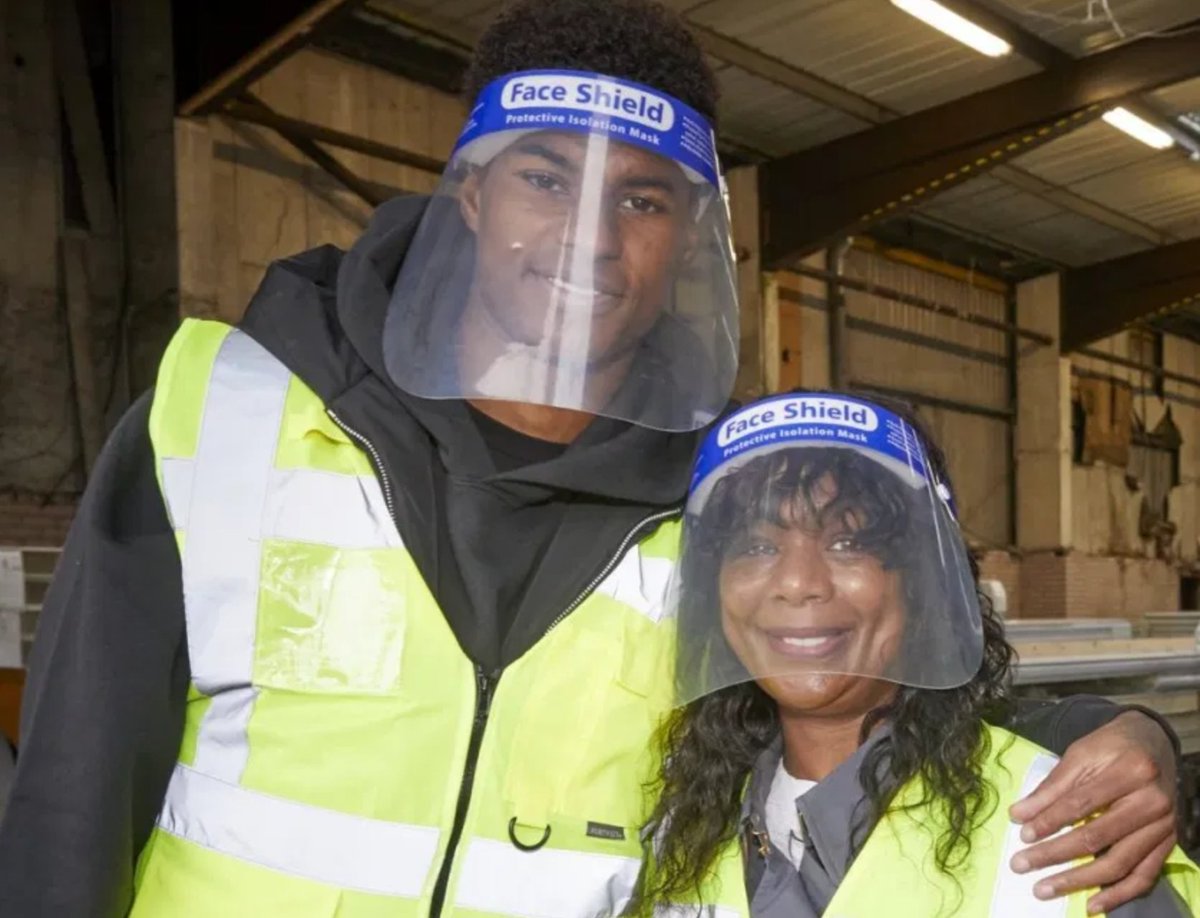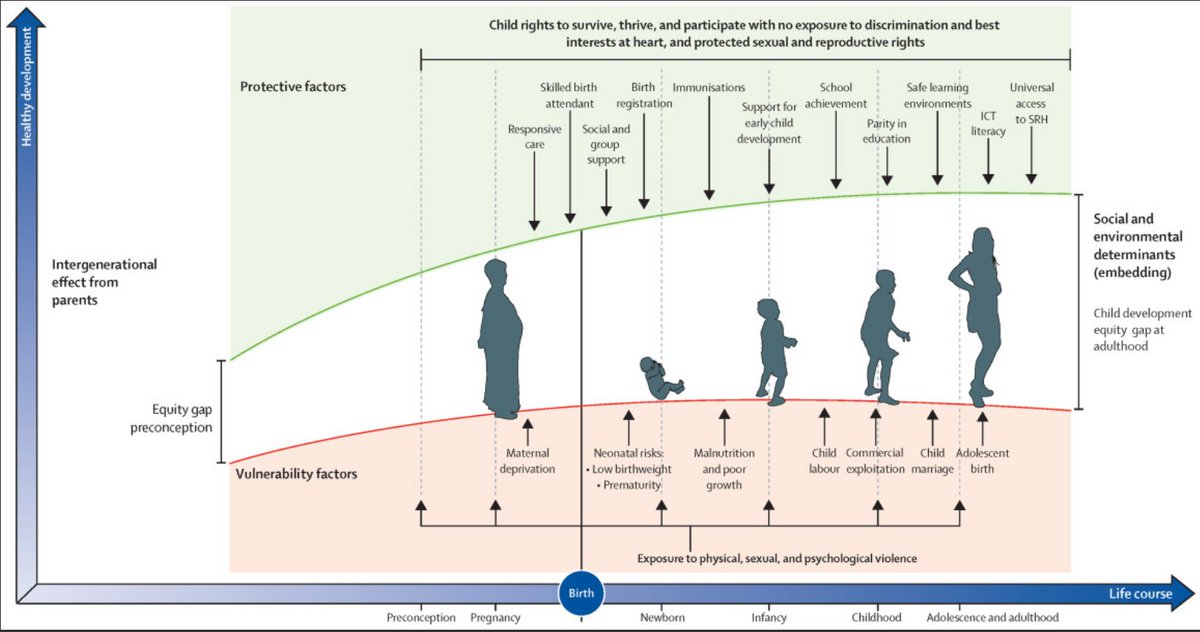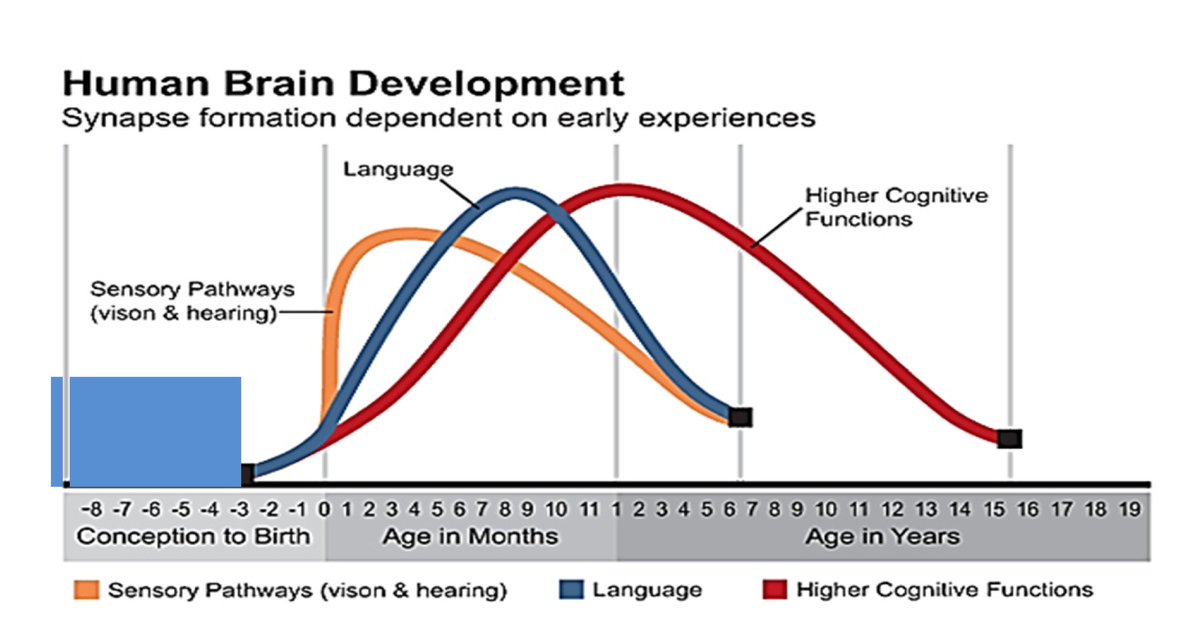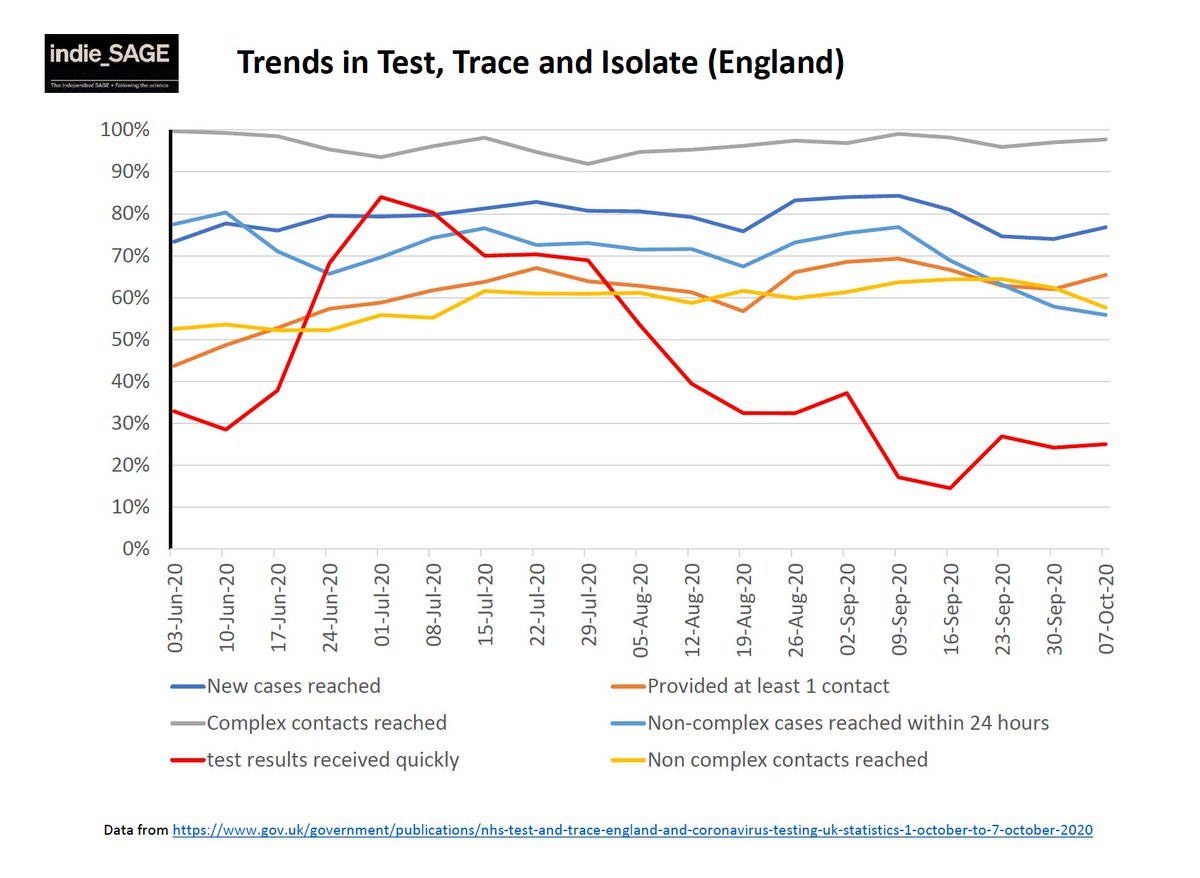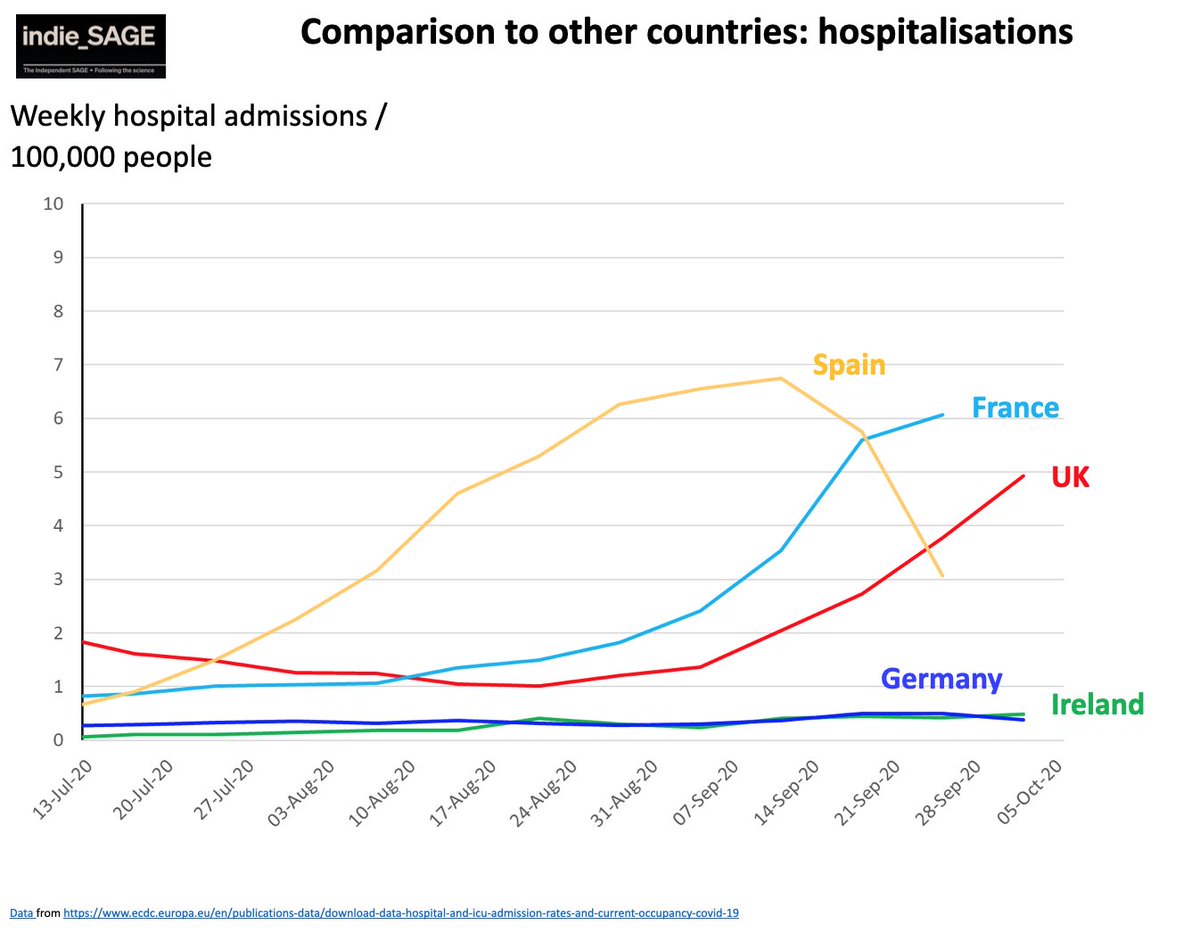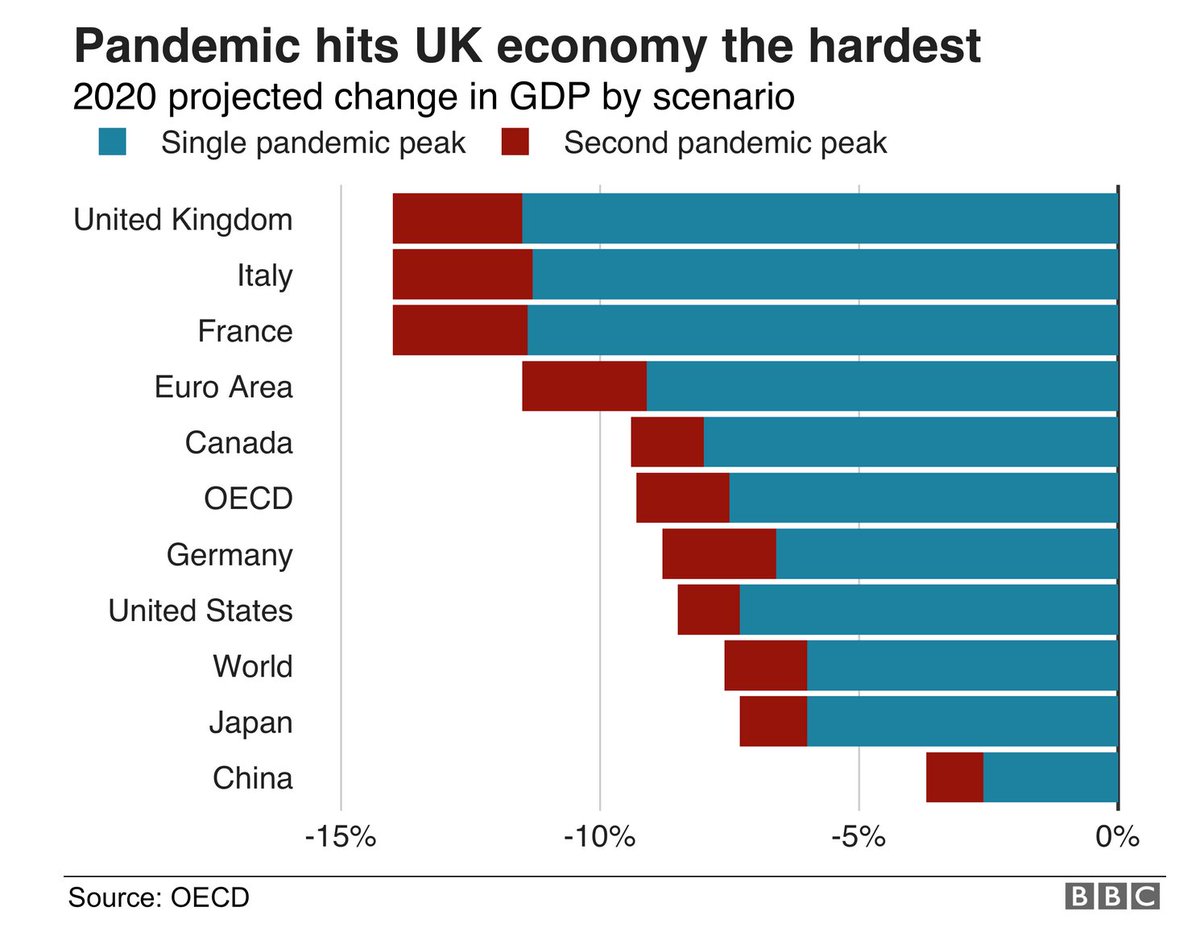
We need more information on the immunisation plan. In the two weeks from Dec 8-20 we immunised 616,000 people, say 52,000 per day. With the new Covid variant we might assume up to 70% coverage to achieve herd immunity (1).
70% of 68 million people = 48 million people who need 2 doses one month apart. That is 96 million doses.
If we just vaccinate the over 65s (12m), front line workers (2m) and people with underlying conditions (8m) we shall need 22 million x 2 = 44 million doses. (2)
If we just vaccinate the over 65s (12m), front line workers (2m) and people with underlying conditions (8m) we shall need 22 million x 2 = 44 million doses. (2)
At current rates it will take 846 days to fully vaccinate 22 million people + 1846 days to achieve herd immunity. WAY TOO LONG! So how many jabs per day to vaccinate high risk 22 million people in say 3 months (13 weeks)? Answer: 484,000 doses per day, working 7 days per week.(3)
If we achieved 484,000 doses per day we might achieve 70% coverage and herd immunity in 198 days or 6.5 months. But that will need us to increase our performance NINEFOLD. (4)
These figures are crude estimates...but the only way we shall do this is with the easier and cheaper AZ vaccine (if approved) is with 1000 GP or other vaccination centres doing around 500 jabs per day, seven days per week.(5)
Until we reach herd immunity we shall need a proper supported find, test, trace, isolate programme to control new outbreaks. At present we still don't trace effectively, nor provide adequate financial support for people to isolate. (6)
In summary, (and I hope I'm wrong) if you believe we shall have everything solved by Easter, you're in cloud cuckoo land. But we need to watch vaccination rates very closely, and also whether protection declines with new variants (7).
• • •
Missing some Tweet in this thread? You can try to
force a refresh

